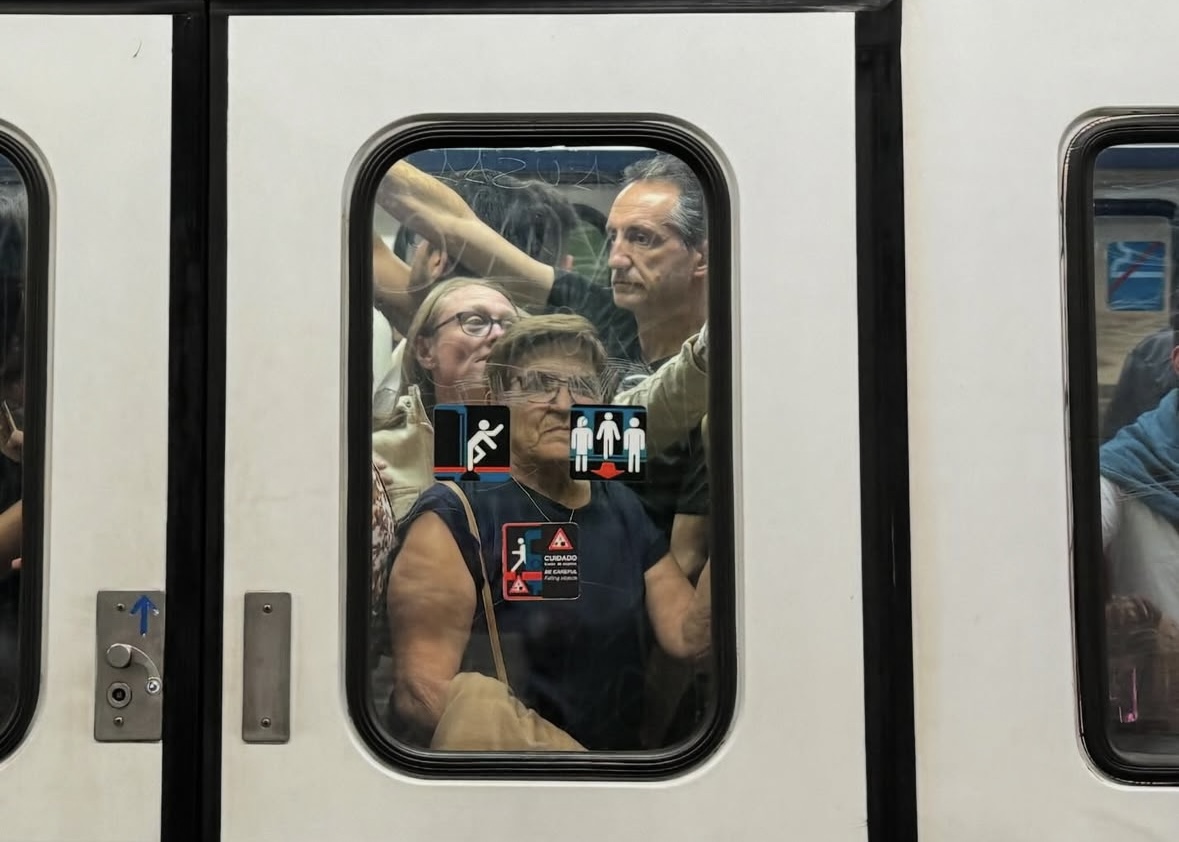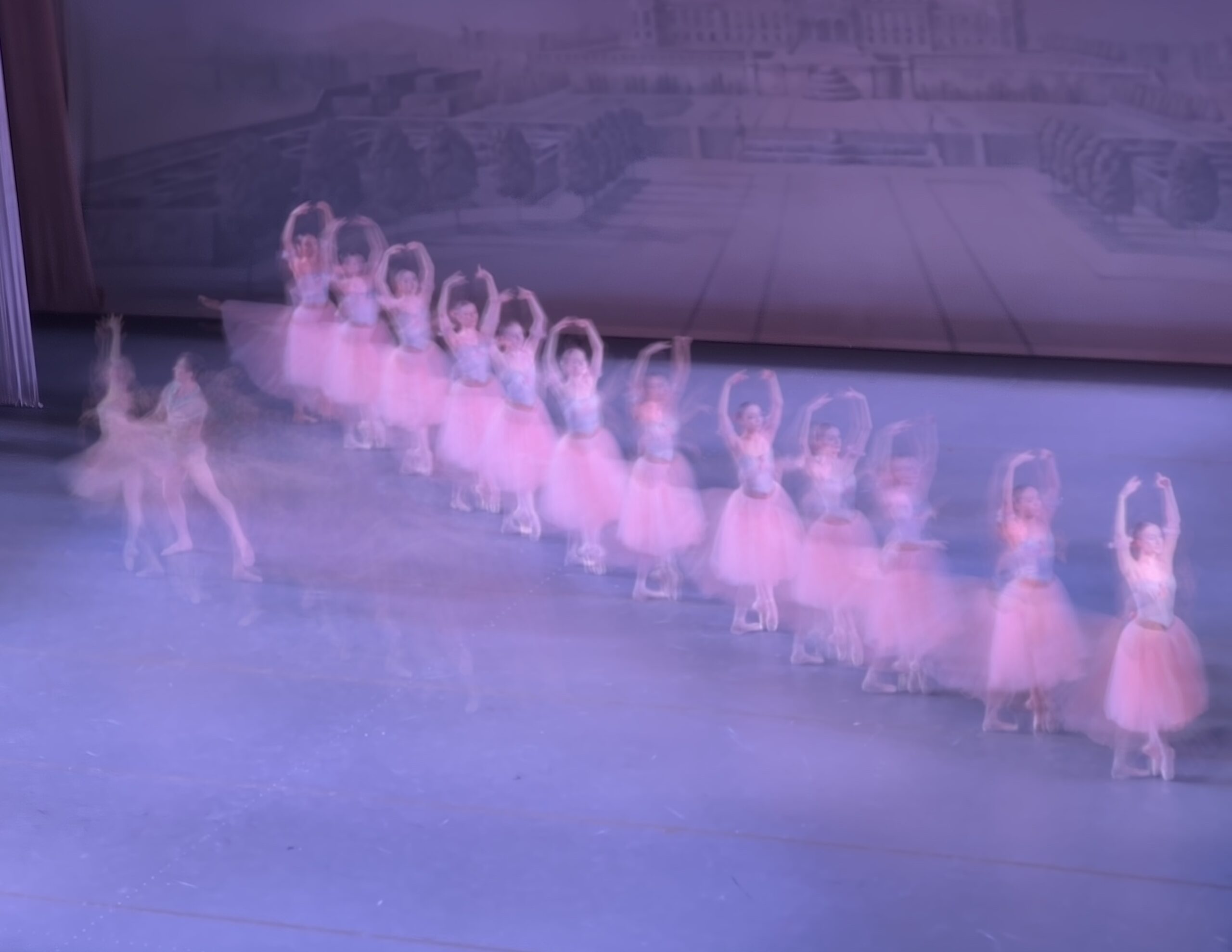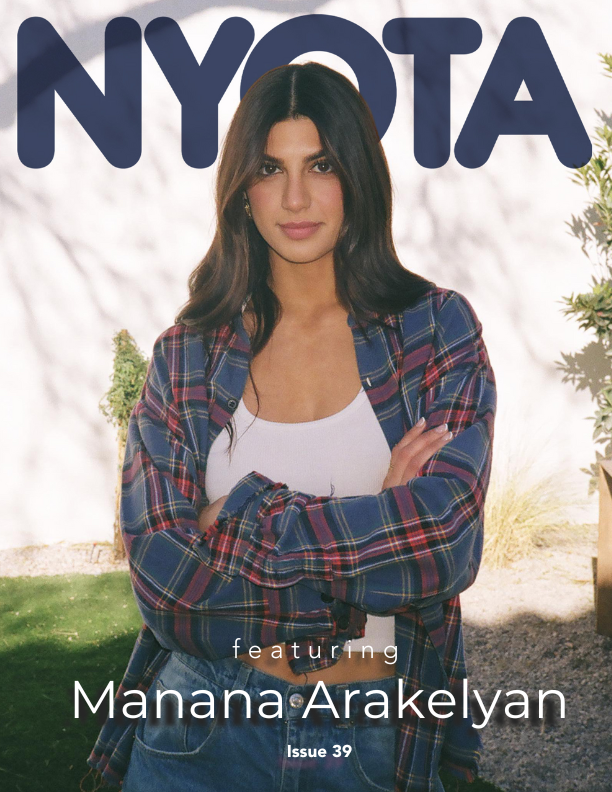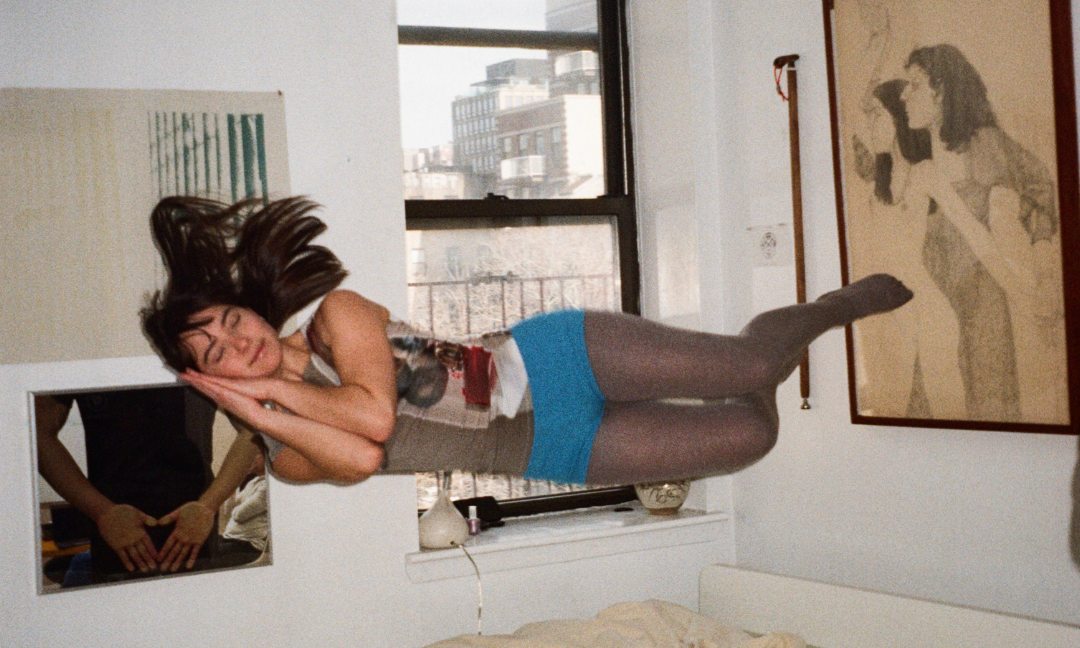Interview by Carol Wright | Feature Image: Taryn Segal | Photographer: Suzie Maez
The type of videos Suzie Maez posts on TikTok stops you in your tracks. Whether she’s capturing a dog show, the mustache and beard championships, or moments within her own life, she reminds us all to find beauty and absurdity in the everyday. Maez talked to NYOTA about having 300,00 photos on her phone, the music selection process for her videos, and observing human behavior.

Have you always felt like you’ve seen the world differently than others?
I don’t necessarily think I see differently than others; I feel that I’m just more impulsive about documenting and capturing a moment than others might be. Being friends with me is constantly being asked to “hold that thought” because I’m seeing something insane happen in my peripheral vision and feel that I must document it immediately, otherwise, it might never happen again. It’s a little obsessive. I began jokingly calling myself a digital hoarder a few years ago and, over time, realized I wasn’t joking at all. I have 300,000 photos on my phone. Some could call themselves digital archivists, but digital hoarders sound more honest.
I’ve been doing this so long that it’s almost instinctual. It’s often that I see something, and I capture it way before I’ve thought about why I like it. This sense of urgency derived from many missed moments over time. These somewhat dream-like scenarios only happen once in a lifetime. It’s now or never! It’s possible that there are many people that see the things I see; they just choose not to document or publish them. Personally, sharing these moments with the world is half of the fun. It just depends on someone’s approach! I once saw a man taking his pet turtles for a walk in Seaport. I’m so glad I have the photo to show for it. It’s like collecting souvenirs from your eyes.
Documenting our perspectives in this life is really important, even if someone’s not a photographer. I document almost everything with my iPhone because it’s as close as someone can get to seeing what my eyes see. It’s become an extension of my body at this point. What people see is what they get. I think that’s why I love street photography so much. It’s completely raw. Nothing is planned, just like life itself.
What led you to photography? Did someone give you your first camera, or did you take a photography class in school?
I’m a self-taught photographer. Photography wasn’t necessarily something I decided to pursue–if anything, I would say it pursued me! I think my work benefits from the lack of limitations it has. It knows no bounds, only the ones that I’ve put on it through my own experience shooting in the wild the past five years. I’m kind of pulling a Benjamin Button in this career by working backward. I often take specific classes as my career expands for my own research on a certain technique, edit style, or camera function; that way, I’m learning about something I know I need.
I had been using the family camera long before I had my own, but my first was the “Flip” camera that came out in 2006–it strictly recorded video only. Friends and I would record little skits on that thing. I took it everywhere! How did I get here is a great question. I ask myself that all the time. I come back to the same answer every time–my love for films.
Due to your interests, was it a natural next step to start posting photos and videos on Instagram and TikTok?
Much like a lot of other artists and creatives, my career started shifting in this direction the moment the pandemic began. I was living in LA at the time. I remember during lockdown, I was looking back at all of this footage I had from recent trips that I procrastinated on editing. I thought, no better time to edit these together than now.
I had zero followers on TikTok. Something felt so right about starting from scratch. An audience of none felt special. The way I saw it, this was just for me. I even used to caption a lot of my posts “#videodiary” because that’s what it was. It was showing people what my life was like during the peak of COVID.
After realizing COVID was long-term, I eventually left Los Angeles and drove all the way back to Texas with just my dog and me. At some point, a few months later, I made the decision to move to New York and never looked back. My work really took off once I committed to living here.
Your TikTok videos always have a throughline, even though each clip could be from a different day or place. Do you take clips of places, people, or things with certain colors or textures so they can be stitched together?
Usually, I take these short clips, or what I like to call “breathing” photos, completely separate from one another. These are taken over the course of days, sometimes months. When I’m looking for a missing piece of a video, I can always retrieve one of those clips from a pool of others. There’s normally a theme in mind when editing them together – less of a story and more of a feeling. I like the idea of someone choosing their own adventure. They can think a video is funny, or they can think it’s eerie. I want the audience to create their own story.

The music in your videos always fits seamlessly. Is the first part of your editing process choosing the song to which the clips will be cut?
I usually gather an assortment of clips and look at them as a whole; then I go straight to Spotify. When I was younger, I used to spiral about the fact that I couldn’t listen to every song ever made. It was a dream of mine to score films. So, naturally, I not only hoard imagery, but music as well. I have over 30,000 songs saved in my Spotify library.
My favorite way to start my song hunt is by pressing shuffle. It’s a fun exercise to see where it takes me. Usually, I can hone in on a sound for the mood I’m looking for, and then it becomes a process of elimination from there. Because I’ve done this process a lot at this point, I began tagging songs with specific feelings. This can be as specific as “songs I’d listen to while enjoying a 99-cent hot dog from Costco” or as simple as “sad.” This helps group songs together, thus making my process more efficient in the end.
In the comments section of one of your videos, someone commented, “You make me see the world for how strange it is, and it’s so wonderful.” Has it been exciting to change other people’s perspectives through your work?
I find it very rewarding to know I’m changing even just one person’s way of seeing the world. It’s so fun to step out of my body and observe human behavior or even the behavior of objects. I assign feelings to objects in a lot of my videos, and it’s cool to see people create their own narrative revolving around that. I’d say the same people who feel a shift in their perspective because of a video of mine equally play a part in changing my perspective. There’s something so special about seeing hundreds of different interpretations of the same thing. Many of which I’ve never thought of. Some will comment that the footage reminds them of an artist I’ve never heard of or a film I’ve never watched. I’m constantly learning from every person that engages with me.
You recently had a photo featured in i-D magazine, and last year, you worked with Paloma Wool for their Autumn/Winter collection. Would you like to do more fashion and lifestyle shoots in the future?
It would be an honor to continue to do more fashion/lifestyle shoots in the future. I think my experience on the street allows me to work in a fast-paced environment, which is the fashion industry. I get to take my experience with strangers and shift it into working with a product. It requires more of an imaginative plan, which I find massages the right parts of my brain.
What advice do you have for aspiring photographers?
Make curiosity your sixth sense.
This story first ran in Issue 39: The Digital Issue. Read more from the issue here



Love this article ❤️